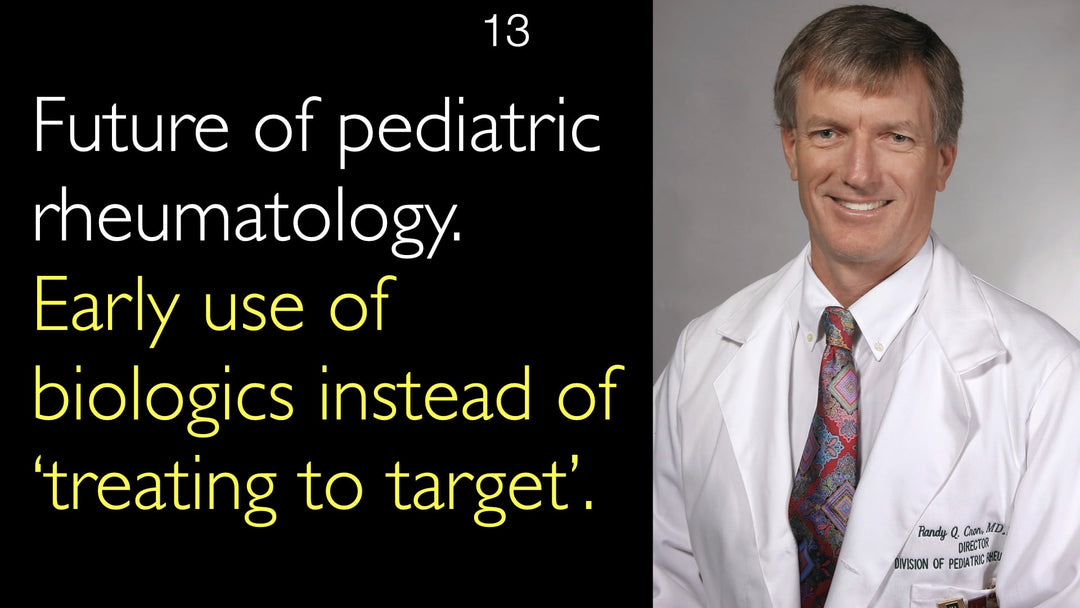Leading expert in minimally invasive knee surgery, Dr. Matthias Steinwachs, MD, explains modern cartilage repair techniques. He details the use of bone marrow stimulation to recruit stem cells for regeneration. Dr. Steinwachs describes his advanced K-wire drilling method to minimize bone trauma. He highlights the critical role of Platelet-Rich Plasma (PRP) and other biologics in enhancing healing. These combined approaches aim to produce higher quality cartilage for athletes.
Advanced Knee Cartilage Repair: Stem Cells, PRP, and Modern Surgical Techniques
Jump To Section
- Modern Cartilage Repair Algorithm
- Bone Marrow Stimulation Techniques
- K-Wire Drilling Advancement
- Role of Platelet-Rich Plasma
- Enhancing Cartilage Quality
- Full Transcript
Modern Cartilage Repair Algorithm
Dr. Matthias Steinwachs, MD, explains that an international algorithm guides the choice of techniques for arthroscopic knee cartilage repair. This surgical approach is primarily indicated for cartilage defects measuring approximately 1.5 to 2 square centimeters. The algorithm helps surgeons select the most appropriate minimally invasive method for each patient's specific injury. During his discussion with Dr. Anton Titov, MD, Dr. Matthias Steinwachs, MD, emphasizes the importance of a structured treatment plan.
Bone Marrow Stimulation Techniques
Marrow stimulation represents a foundational surgical treatment for knee cartilage injuries. Dr. Matthias Steinwachs, MD, describes the process of perforating the subchondral bone plate during arthroscopy. This technique creates a bridge to the bone marrow's rich pool of stem cells. These recruited stem cells then migrate into the cartilage defect to initiate the regeneration process. The cells transform into chondrocytes, which are the essential building blocks of new cartilage tissue.
K-Wire Drilling Advancement
Dr. Matthias Steinwachs, MD, now employs a refined surgical technique to improve patient outcomes. He avoids classic microfracture instruments that can cause excessive bone damage. Instead, he utilizes K-wire drilling to perforate the subchondral bone more precisely. This advanced method significantly reduces the risk of post-operative bony edema and inflammation. Minimizing this bone trauma is critical for reducing pain and facilitating a faster return to sport for athletes.
Role of Platelet-Rich Plasma
Platelet-Rich Plasma (PRP) therapy is a cornerstone of modern biologic augmentation in cartilage repair. Dr. Matthias Steinwachs, MD, explains that PRP contains powerful protein molecules that stimulate and coordinate the healing process. He combines his surgical K-wire drilling technique with the application of the patient's own PRP. This dual approach addresses knee cartilage injury by recruiting necessary stem cells and providing proteins that control cell differentiation. The combination of surgical and biologic therapy generates a significantly better clinical outcome.
Enhancing Cartilage Quality
A primary limitation of traditional bone marrow stimulation is the production of inferior fibrous cartilage. Dr. Matthias Steinwachs, MD, discusses the use of various matrices and biologics to overcome this challenge. Substances like chitosan gel, BST-CarGel, or collagen are used alongside PRP in the cartilage matrix. These additives help guide the stem cells to create hyaline-like cartilage, which is of much higher quality and durability. This enhancement in cartilage tissue quality is paramount for the long-term success of knee injury treatment, especially in athletes.
Full Transcript
Dr. Matthias Steinwachs, MD: You specialize in the minimally invasive surgical treatment of knee ligament and cartilage injury, particularly in athletes.
Dr. Anton Titov, MD: What are major methods of repair of cartilage defects in the knee?
Dr. Matthias Steinwachs, MD: We have different methods to restore cartilage in the knee. Internationally, we have an algorithm that helps to choose techniques for an arthroscopic method of knee cartilage repair. The arthroscopic method mostly will be used in a defect size of about 1.5 to 2 square centimeters.
We have different methods of knee cartilage repair. The old surgical treatment techniques are marrow stimulation techniques. The idea is to create bridging between the pool of stem cells in the bone marrow and the internal space of the joint. We do this by perforation of the subchondral bone plate during the arthroscopy.
We recruit the cells from the bone marrow, which has an enormous regeneration potential. These stem cells are coming into the cartilage defect to restore the cartilage by transforming themselves into cartilage cells. So the stem cells change to different shapes and become chondrocytes, and chondrocytes become cartilage. These are the sports injury cartilage repair steps inside the knee.
There is a new repair technique that I use now. I avoid the classic microfracture with these instruments to damage the bone. So I use K-wire drilling to perforate subchondral bone. Because one of the problems with these microfracture techniques is bony edema or inflammation reaction in the subchondral bone. That creates pain and inhibits the return of the athlete to sport.
So we have to be more careful in that cartilage injury treatment not to destroy the bone more than we need. The second point in knee cartilage defect repair is using Platelet-Rich Plasma (PRP). These are molecules or protein molecules which stimulate healing and coordinate the process of healing.
So I combine the technique of K-wire drilling to open up on the subchondral bone plate. I combine surgical drilling with the patient’s Platelet-Rich Plasma (PRP). So we have two approaches to knee cartilage injury. One is that we recruit stem cells, the cells we need for all regeneration processes.
We also use proteins that control the differentiation of cells and enhance the healing sequence of cartilage injury. So this combination of surgical and stem cell therapy generates a better outcome.
Meanwhile, there are many matrix-associated techniques in combination with bone marrow stimulation techniques. So drilling is just one step to recruit the stem cells. Platelet-Rich Plasma (PRP) is used in the cartilage matrix.
For example, chitosan gel could also be injected as a part of therapy to stimulate cartilage regeneration. Chitosan can improve the healing and enhance the quality of repaired cartilage tissue because one of the limitations of the bone marrow stimulation techniques is this.
Without any additional factors like PRP or BST-CarGel, we only see a type of cartilage called fibrous cartilage. It is not high quality cartilage. Adding some other molecules like the Platelet-Rich Plasma (PRP), chitosan, or collagen helps the stem cells create a better cartilage quality.
This is very important in the field of knee injury treatment for athletes.







